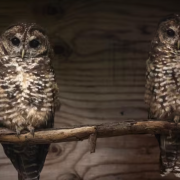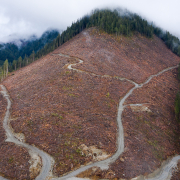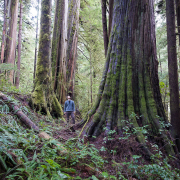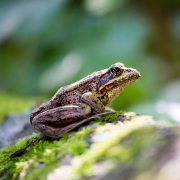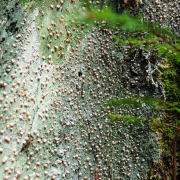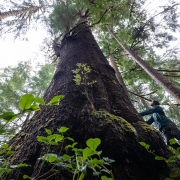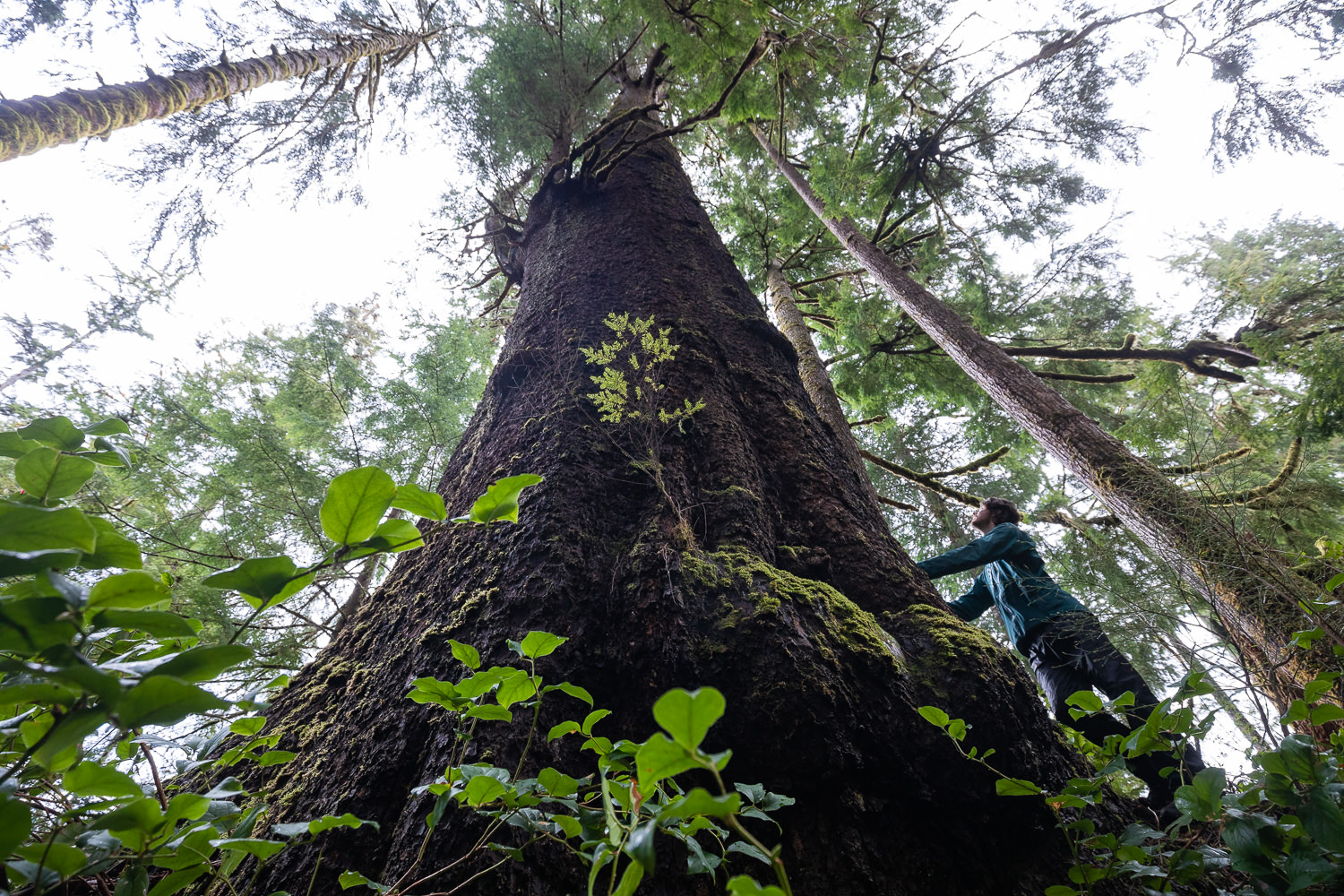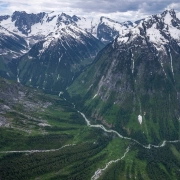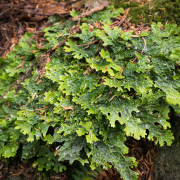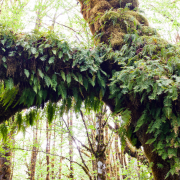For immediate release
Tuesday, February 28th, 2023
Still needed is short-term funding for First Nations to offset lost logging revenues from accepting logging deferrals as well as long-term conservation financing to develop sustainable economic alternatives to old-growth logging linked to the creation of new Indigenous Protected and Conserved Areas.
VICTORIA (Unceded Lekwungen Territories) – Conservationists are disappointed that the BC government has failed to allocate critical funding in the 2023 provincial budget for old-growth protection despite having a major budget surplus and recently committing to creating a conservation financing mechanism to protect old-growth forests and biodiverse areas. The Ancient Forest Alliance has repeatedly called on the province to provide significant short- and long-term funding for First Nations, many of whom now have an economic dependency on the revenues of old-growth logging, to help further conservation efforts.
“Today the BC government missed an historic opportunity to use its multi-billion dollar budget surplus to help safeguard critically endangered old-growth forests and ecosystems,’” stated AFA Campaigner and Photographer, TJ Watt. “David Eby has committed to ‘accelerating’ the government’s efforts on old-growth, to protect 30% of BC by 2030, and create a conservation financing fund to protect old-growth forests and the most biodiverse areas. Allocating significant funding in this budget would have been the gas in the tank to accelerate those commitments. Instead, the conservation fund remains empty and the expectation so far is that it will be filled through private and philanthropic donations, a complete abdication of the province’s responsibilities.”
Two types of funding are still urgently needed from the province in order to help achieve the protection of old-growth forests: both short and long-term.
In the short term, at least $120 million in “solutions space” funding is needed to help offset lost logging revenues for First Nations who accept temporary logging deferrals in the most at-risk old-growth forests, as identified by the government’s independent science panel, the Technical Advisory Panel (TAP). To date, less than half of the 2.6 million hectares of the most at-risk ancient forests identified for deferral by the TAP have been secured and progress on additional priority deferrals has stalled, leaving over one million hectares of BC’s most at-risk old-growth forests without even temporary protection. The vast majority of old-growth forests in BC are located on the unceded territories of diverse First Nations communities, whose consent and support are a legal necessity for the creation of any new deferrals or protected areas.

A pink ribbon signalling a new road to be built through an old-growth forest in the Caycuse Valley on unceded Ditidaht Territory. Photo by TJ Watt – Ancient Forest Alliance.
“The province should use its massive budget surplus or unallocated funds at a later date to provide short-term funding to help offset lost logging revenues when asking First Nations, who have the final say on whether they want to defer logging or not in the most at-risk old-growth forests. The point of temporary logging deferrals is to ‘stop the bleed’ while long-term land use plans can be developed and the province — the one responsible for creating the ecological wounds in the first place — must use its vast resources to make the path to protecting old-growth as painless as possible,” stated Watt. “Without deferrals, many areas remain in a “talk and log” situation where, day by day, we continue to lose the best of the big-tree, ancient, and rare old-growth forests. $120 million in “solution space” funding would help to ensure that First Nations communities aren’t forced to choose between setting aside at-risk old growth and generating revenue for their communities. With billions of dollars in surplus money, there’s never been a better time for the province to fully fund all avenues of old-growth protection. Why haven’t they done so?”
In the long term, at least $300 million in conservation financing is needed from the province to support First Nations’ sustainable economic development, stewardship jobs, and creation of new Indigenous Protected and Conserved Areas (IPCAs) linked to protecting the most at-risk old-growth forests and ecosystems. This can include new land-use planning, guardians programs, and the development of sustainable economic alternatives to old-growth logging such as tourism, clean energy, sustainable seafood harvesting, non-timber forest products, and a value-added, second-growth forestry. Support for forestry workers and contractors, as well as legally defined compensation for major licensees, would be above and beyond this total.
The federal government has significant funding available to support environmental protection as well. $2.3 billion has been committed to help Canada achieve its international commitments to protect 25% of lands and waters by 2025 and 30% by 2030 (a goal to which BC has also committed) and of this, several hundred million dollars are available for the expansion of protected areas in BC, with $55 million specifically allocated to old growth in BC so far. The BC government must commit to providing matching funding and formalize the long-awaited BC-Canada Nature Agreement, which remains under negotiation, and would allow the federal funds to flow into BC.
Also missing from the budget is any investment into a much-needed “Provincial Land Acquisition Fund” which would help the province to purchase privately held lands of high conservation, scenic, cultural, and recreational value that are under threat from logging or development. The Ancient Forest Alliance has called for such a fund for more than a decade, which would start with an initial investment of $70 million, to be increased by $10 million a year until the fund reaches $100 million. The fund would fill a crucial gap in BC’s current conservation policies by allowing for the acquisition and permanent protection of endangered old-growth forests and other threatened ecosystems across the province that otherwise have no form of legislated protection.
A positive note was the allocation of $21 million over three years in funding for the development of eight new Forest Landscape Planning projects. Landscape planning work includes First Nations as well as a variety of stakeholders and is part of the pathway towards permanent protection for old-growth forests. However, conservationists stress that without significant conservation financing, future land-use plans will not go far enough when it comes to protecting BC’s rarest and most productive forest ecosystems. Conservationists also argue that the implementation of logging deferrals is the essential prerequisite for fulsome and comprehensive land-use planning, as it alone ensures that those ecologically critical forests will not be lost while planning is underway. Additionally, $101 million was committed to help preserve and enhance outdoor recreational opportunities in BC Parks and outdoor recreation sites and trails.
“David Eby promised to accelerate the protection of old-growth forests as well as protect 30% of lands in BC by 2030. That would be a major step forward for conservation, but it won’t happen for free,” stated Watt. “You wouldn’t promise a paradigm shift in health care or expect to build major new infrastructure without the money to back it up. The province should be using its multi-billion dollar surplus to help solve the decades-long battle to protect old-growth forests once and for all. It must also match and accept the hundreds of millions in funding available from the federal government to support Indigenous-led conservation efforts, including protecting old-growth forests. Every day there’s a delay, we further lose our chance to protect these irreplaceable ecosystems.”
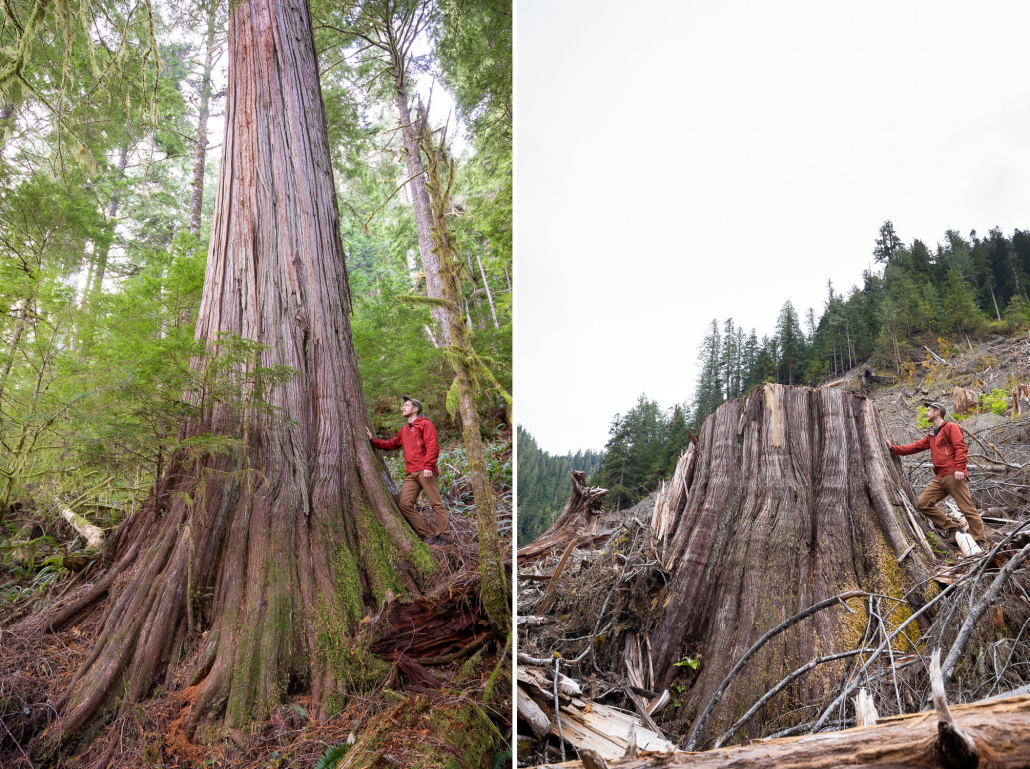
Ancient Forest Alliance photographer TJ Watt stands beside an old-growth redcedar tree before and after logging in the Caycuse watershed in Ditidaht territory on Vancouver Island, BC.
– 30 –
Background info:
Conservation financing is an approach that was successfully used on BC’s Central and North Coasts, where $120 million was committed by the provincial and federal governments and conservation groups to support First Nations business development and economic alternatives to old-growth logging. The result was a globally significant conservation achievement, with 80% of what is now known as the Great Bear Rainforest being reserved from logging.
This funding helps to supplant the lost revenues and jobs from forgoing old-growth logging through the creation of alternatives such as eco-tourism, sustainable aquaculture, non-timber forest products, renewable energy, and even sustainable second-growth logging. It can also provide funds needed for First Nations’ guardian and stewardship programs.
Old-growth forests are vital to support endangered species, First Nations cultures, the climate, clean water, wild salmon, and tourism. Under BC’s current system of forestry, second-growth tree plantations are typically re-logged every 50–60 years, never to become old-growth again.

